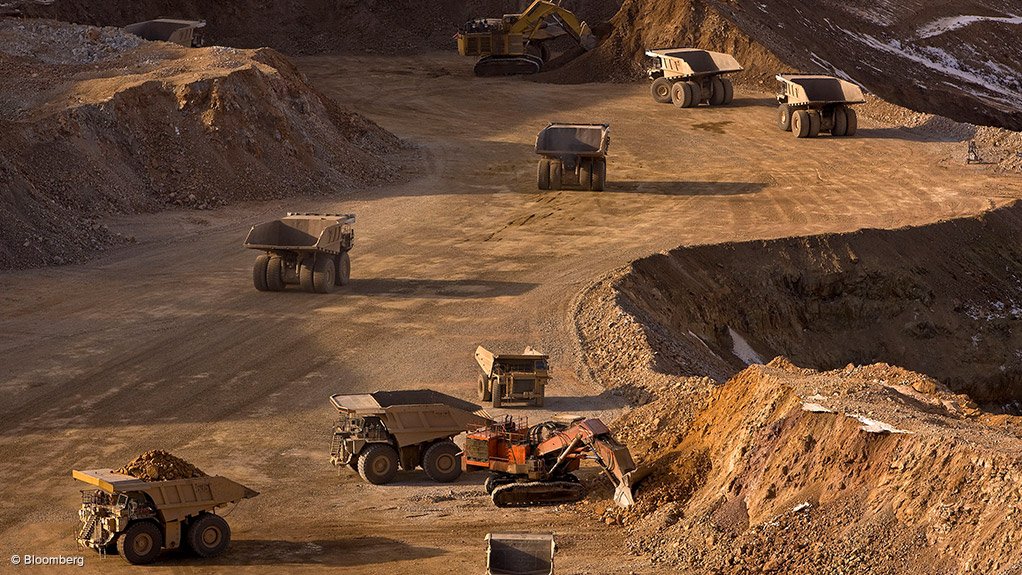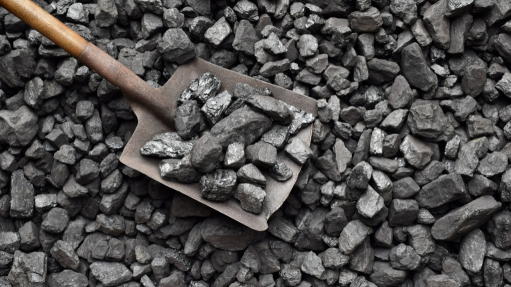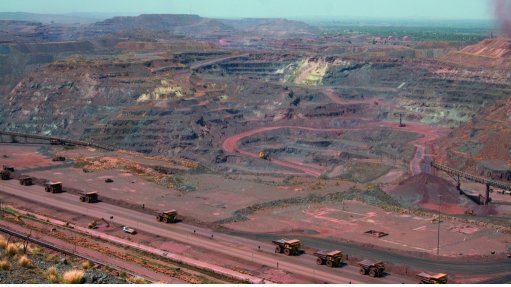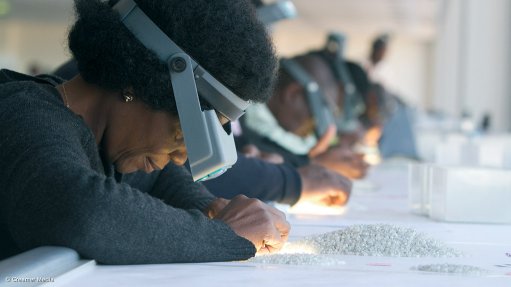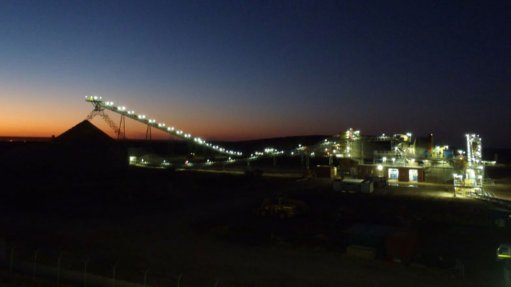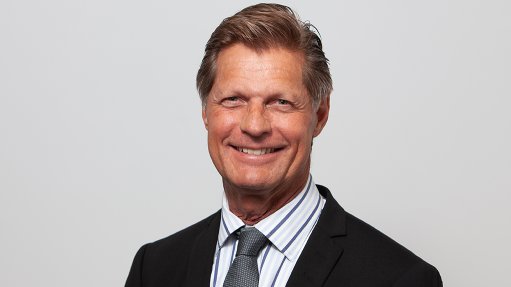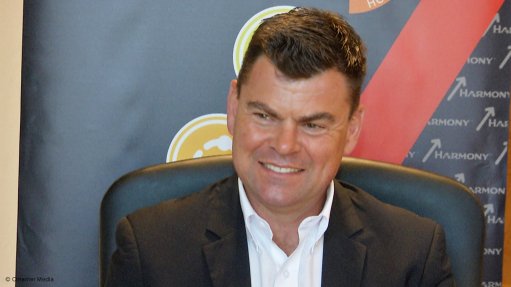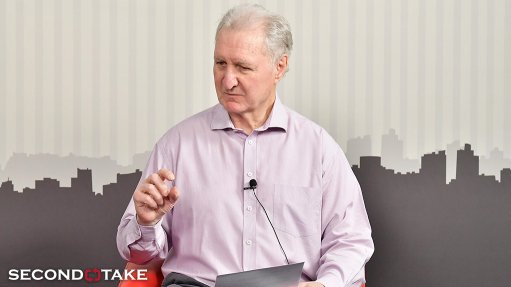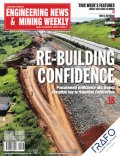WA companies shrug off woes
KALGOORLIE (miningweekly.com) – Western Australia’s listed mining companies were worth a combined A$363.3-billion at the close of the 2023 financial year, up 21% on the previous year, advisory firm Deloitte found.
The 2023 Diggers & Dealers special edition of the Deloitte WA Index revealed companies linked to carbon reduction and battery-associated minerals have seen their value spike, with the top three movers in the WA Index being Liontown Resources, Pilbara Minerals and De Grey Mining.
Deloitte Western Australia Audit & Assurance partner Dave Andrews said the Deloitte WA Index again outperformed the broader ASX All Ordinaries, with the local portfolio delivering strong returns for investors throughout the year.
“Having navigated the challenges of Covid-19 in 2020/21, the economic upheaval stemming from targeted economic sanctions, prolonged supply chain disruptions and the impacts of rising inflation in most global economies, there’s a realisation that the only certainty for global markets is uncertainty,” Andrews said.
“As we reflect on the past 12 months, the performance of global equity markets really highlights it has been a year of getting on with the job.
“The Index performance this year comes unphased by the broader commodity markets which did it tough. Pockets of optimism in uranium, gold, lead and tin were outweighed by significant price retractions across many of the commodities surveyed,” he added.
Andrews noted that thermal coal and coking coal finished down 39% and 42% respectively, while liquefied natural gas (LNG) fell 68%, crude oil was down 34%, and iron-ore lost 7%. Palladium, heavily reliant on supply out of Russia, also saw a 34% retraction.
While uranium jumped 15%, gold fought to hold its ground, finishing the year up 5%, while lead and tin enjoyed gains of 13% and 3% respectively.
Lithium carbonate and rare earth element prices fell but equity market behaviour suggested it was taking a long-term approach.
“It is clear that battery-based solutions are critical to the electrification of vehicles and general mobility and it’s no surprise battery technologies, electric vehicles (EVs) and lithium stocks are the talk around town,” Andrews said.
“The investments in this technology, and rising uptake of EVs from consumers, is a testament to its ongoing success.”
Iron-ore major Fortescue Metals Group, with a market capitalisation of A$68.2-billion, regained the top ranking in the Index, ahead of oil and gas major Woodside at A$65.4-billion and Wesfarmers at A$56-billion.
Together, the big three accounted for A$189.6-billion, more than 50% of the value of the WA Index.
The Index also includes a special report on the role of hydrogen in Western Australia’s future, noting that while EVs and battery technology will play an important role in reshaping energy supply, there remains the question of whether this solution will satisfy the requirements of such a geographically diverse state as Western Australia.
The report sounded a cautionary note on the scale of the decarbonisation transition facing Western Australia to achieve the federal government’s target of a 43% reduction in emissions by 2030 and Net Zero by 2050.
Western Australia’s decarbonisation journey would require bold transformation to meet its targets, the Index noted through a report on delivery of renewable energy capital projects.
“Energy transition is a key pillar in the journey and requires significant capital investment from both government and private industry on an accelerated timeline. However, delivering nation-defining projects in areas such as wind, solar, pumped-hydro, battery storage, and hydrogen is not without its obstacles.
“Delivering renewable energy projects is becoming an increasingly competitive landscape and an ‘arms race’ is emerging as organisations rush to get the same materials, and engineering and construction services for their projects,” the advisory firm said.
Other challenges involve project governance, managing scope and change, collaboration with stakeholders and community, and harnessing the transformative power of technology.
In its 'Countdown to 2023: Bold Action for a Sustainable Mining Future' report, also released at Diggers, Deloitte noted that Australian mining would have a significant role to play in global ambitions to reduce emissions.
“The world’s collective gaze is fixed on 2030 as a critical timestamp for reducing global greenhouse gas emissions by 43%, halting and reversing forest loss and land degradation, protecting 30% of the world’s oceans, and achieving targets set under the United Nations’ 17 Sustainable Development Goals,” lead author and risk advisory partner Celia Hayes said.
“It’s also the year by which Australia has committed to reducing its emissions to 43% below 2005 levels under the legally binding Paris Agreement.
“This is therefore a period of immense change for Australia and our mining industry, and so the mining companies of 2030 will look and feel very different to those of today. In seven years, mining businesses will need to have acted in line with global goals to stay relevant in this sector. At a minimum, they will have to be on track to decarbonise operations and incorporate social and environmental value into capital decision-making. They must also work with external partners and each other to change their role in the economy.
“Shareholders alone no longer define the value of the company. Society has an increasingly significant influence on the direction of the mining sector, and companies must now focus on meeting these broader expectations.
“Future generations are watching closely and judging harshly, while demanding greater supply of mineral products,” she added.
The report highlighted seven critical areas for action in order for the sector to create a more sustainable mining industry, including welcoming new ideals, investing in sustainable water management, focusing on climate change adaption, meaningful engagement with communities and integrating circular economy principles.
Comments
Press Office
Announcements
What's On
Subscribe to improve your user experience...
Option 1 (equivalent of R125 a month):
Receive a weekly copy of Creamer Media's Engineering News & Mining Weekly magazine
(print copy for those in South Africa and e-magazine for those outside of South Africa)
Receive daily email newsletters
Access to full search results
Access archive of magazine back copies
Access to Projects in Progress
Access to ONE Research Report of your choice in PDF format
Option 2 (equivalent of R375 a month):
All benefits from Option 1
PLUS
Access to Creamer Media's Research Channel Africa for ALL Research Reports, in PDF format, on various industrial and mining sectors
including Electricity; Water; Energy Transition; Hydrogen; Roads, Rail and Ports; Coal; Gold; Platinum; Battery Metals; etc.
Already a subscriber?
Forgotten your password?
Receive weekly copy of Creamer Media's Engineering News & Mining Weekly magazine (print copy for those in South Africa and e-magazine for those outside of South Africa)
➕
Recieve daily email newsletters
➕
Access to full search results
➕
Access archive of magazine back copies
➕
Access to Projects in Progress
➕
Access to ONE Research Report of your choice in PDF format
RESEARCH CHANNEL AFRICA
R4500 (equivalent of R375 a month)
SUBSCRIBEAll benefits from Option 1
➕
Access to Creamer Media's Research Channel Africa for ALL Research Reports on various industrial and mining sectors, in PDF format, including on:
Electricity
➕
Water
➕
Energy Transition
➕
Hydrogen
➕
Roads, Rail and Ports
➕
Coal
➕
Gold
➕
Platinum
➕
Battery Metals
➕
etc.
Receive all benefits from Option 1 or Option 2 delivered to numerous people at your company
➕
Multiple User names and Passwords for simultaneous log-ins
➕
Intranet integration access to all in your organisation



